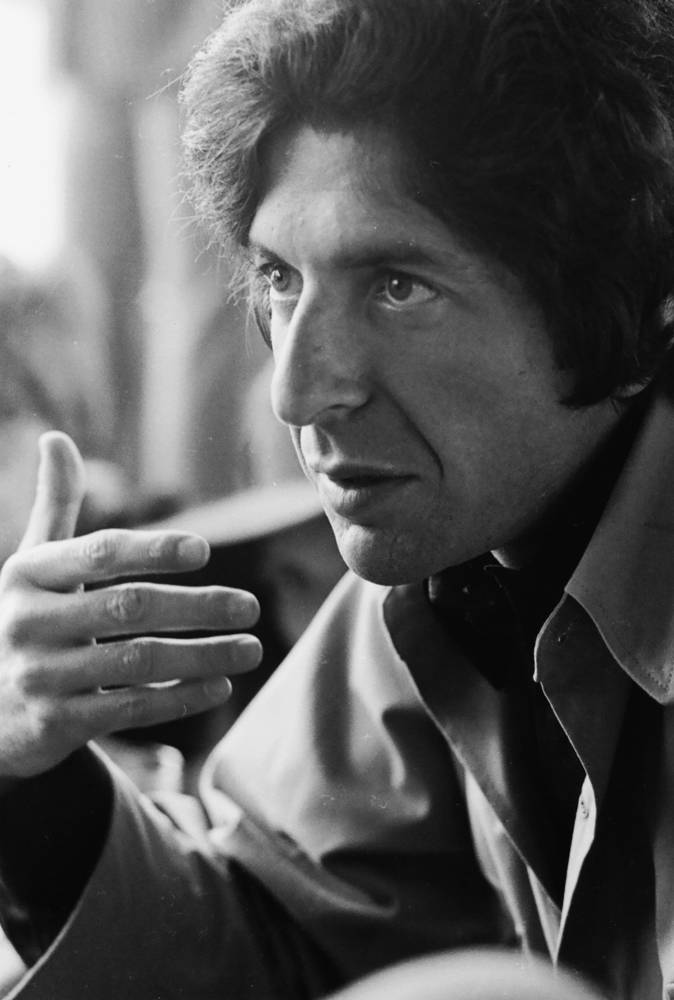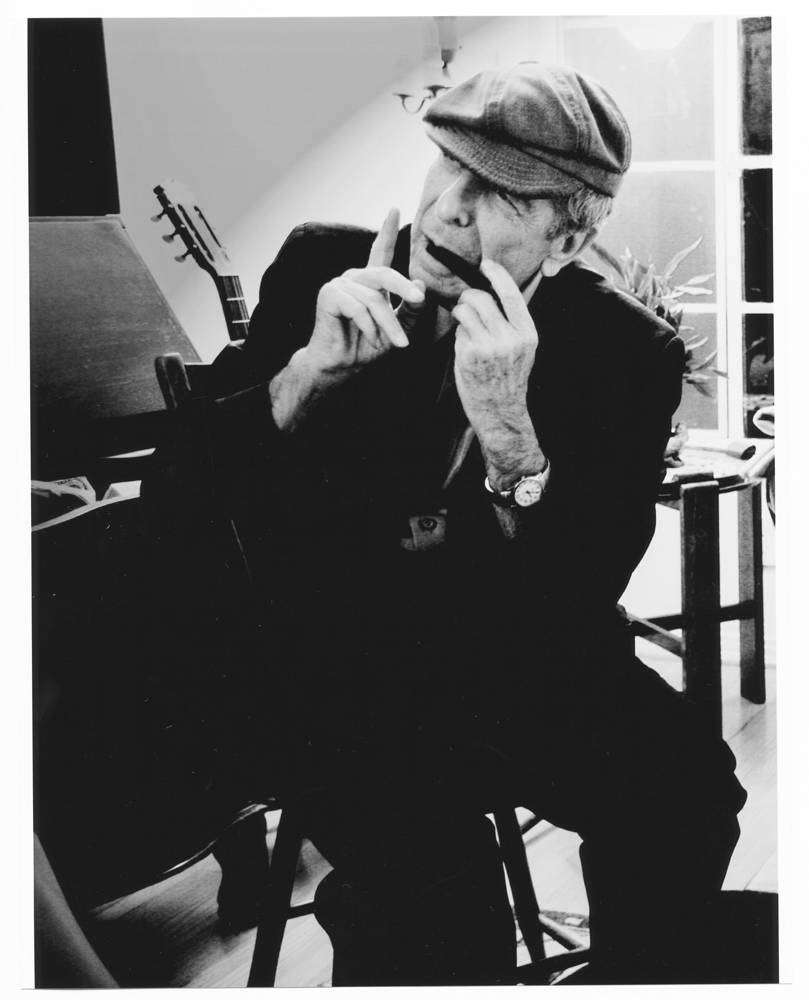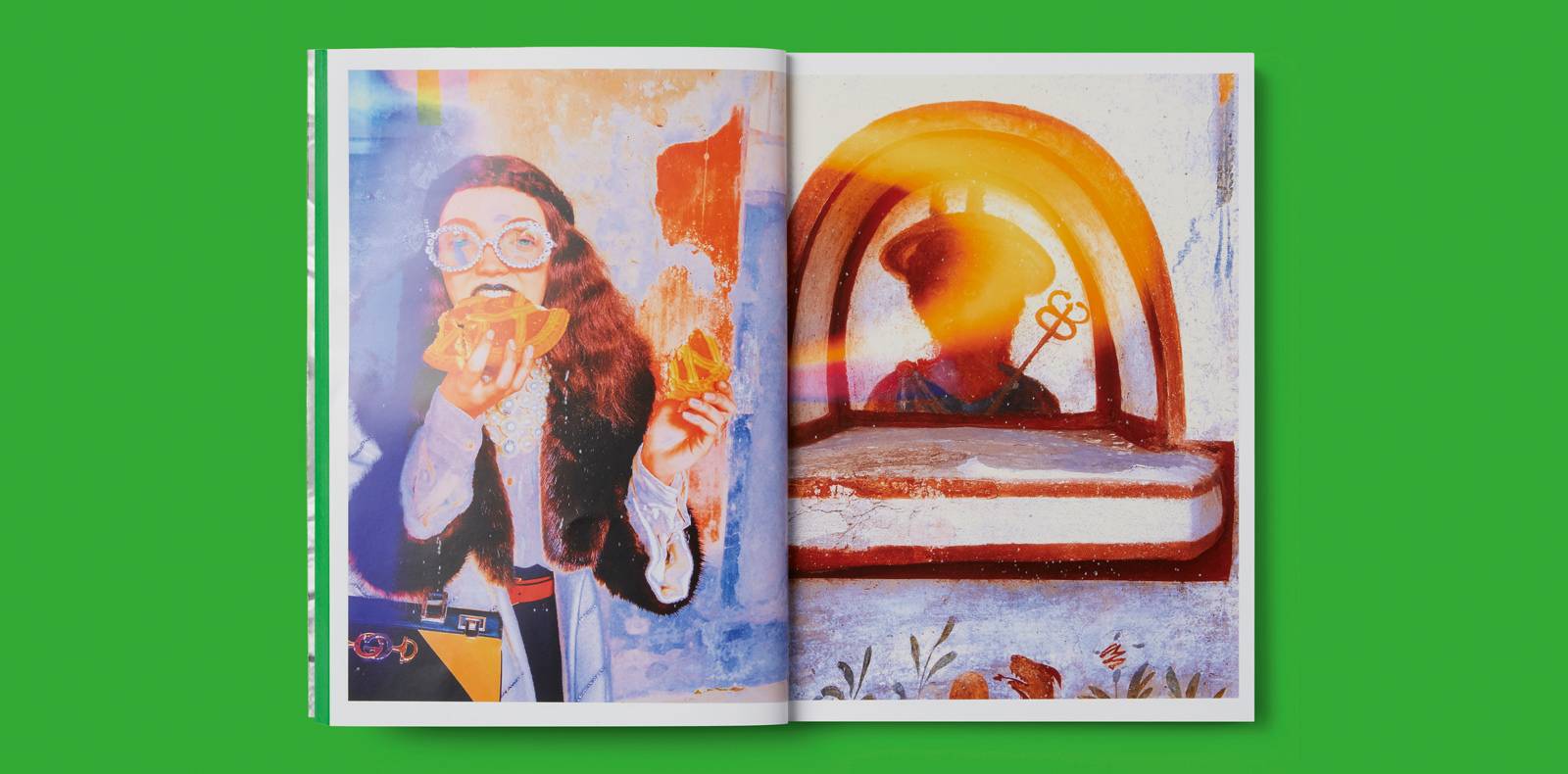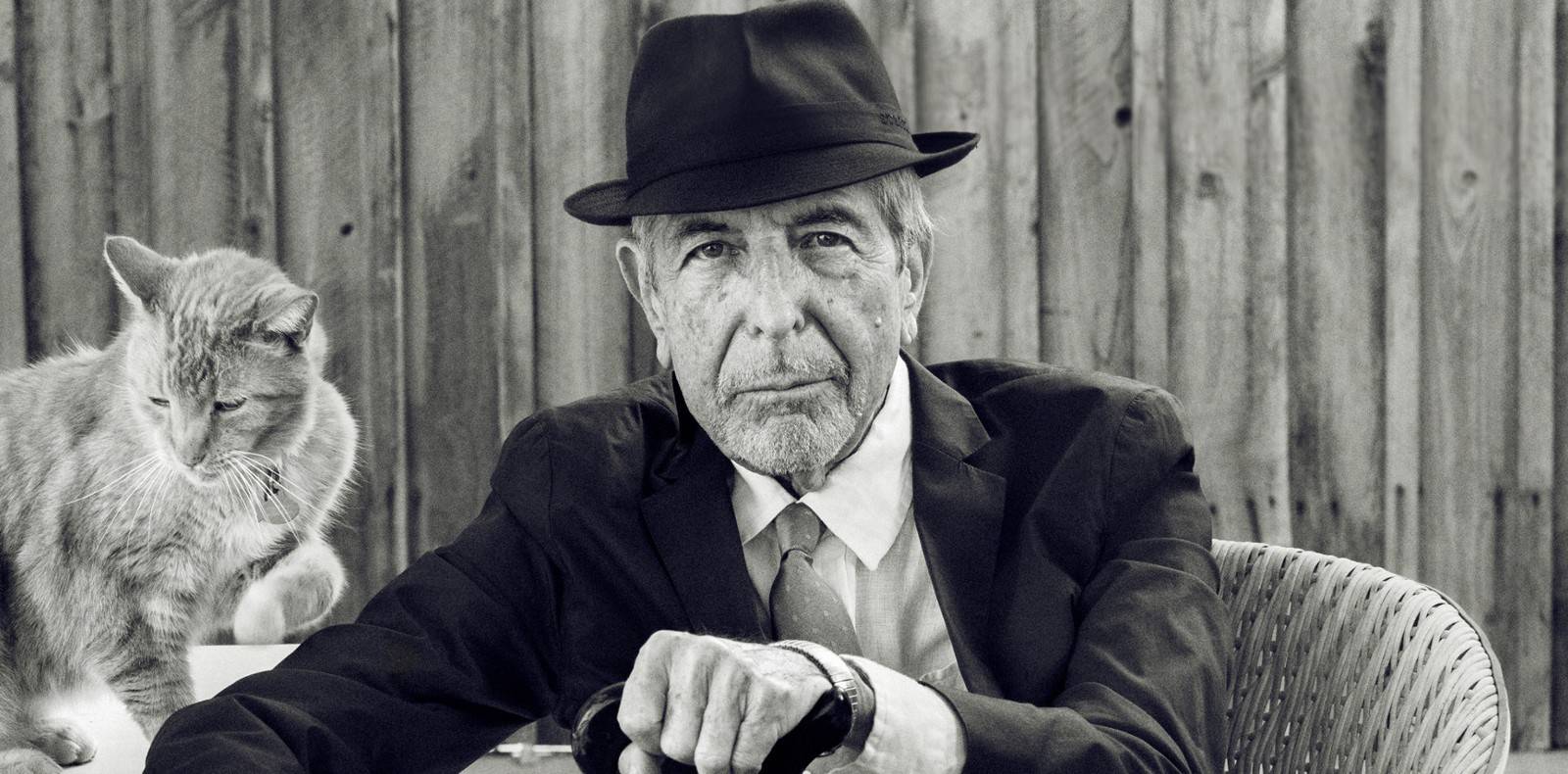
2
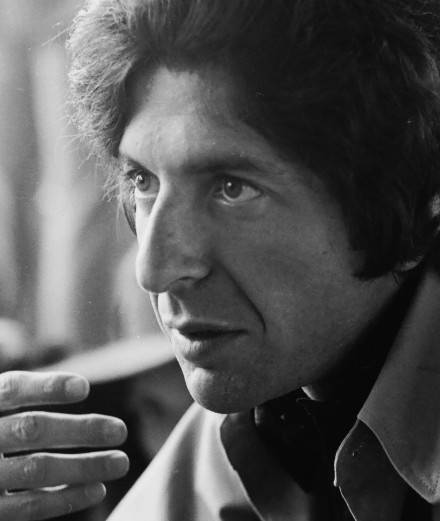
2
Why Leonard Cohen’s cult song ‘Hallelujah’ almost never saw the light of day
Ce mercredi 19 octobre, sortira un documentaire intitulé Hallelujah, les mots de Leonard Cohen, réalisé par les Américains Dan Geller et Dayna Goldfine. Riche en interviews d’artistes et de personnalités de l’industrie musicale ainsi qu’en images d’archives rares, le film nous rappelle l’histoire folle d’un morceau culte du poète et chanteur canadien Leonard Cohen : Hallelujah (1984). Un tube bouleversant, qui oscille entre le sacré et le profane, et qui a bien failli ne jamais voir le jour… Avant que l’hymne ne s’érige en symbole de la quête mystique de l’icône du rock et du folk tout comme des cheminements spirituels (ou sensuels) de nombreux de ses fans.
par Violaine Schütz,
By Violaine Schütz.
Publié le 2 novembre 2022. Modifié le 20 février 2025.
Certains artistes sont connus pour être capables d’écrire des chansons à l’arrière d’un taxi, en quinze minutes, à la manière de Bob Dylan. Mais le chanteur, dandy, musicien, poète, romancier et peintre canadien Leonard Cohen (1934-2016) n’appartenait pas à cette famille d’auteurs-compositeurs. Le musicien a notamment mis plus de cinq ans à écrire le magnifique Hallelujah (1984). Selon la légende, il aurait griffonné entre 80 et 180 versions différentes des paroles de ce morceau folk-rock-gospel, multipliant les brouillons dans des carnets.
Ce mercredi 19 octobre, un documentaire foisonnant intitulé Hallelujah, les mots de Leonard Cohen réalisé par les Américains Dan Geller et Dayna Goldfine, revient en détails sur la folle histoire du morceau culte. Parfois confus, et un peu long, le film a le mérite de donner à voir des interviews de l’artiste, de son ex-compagne, la photographe française Dominique Issermann et de personnalités de l’industrie musicale. Tous tentent de retracent la genèse difficile de cette chanson. On y apprend que Leonard Cohen a enfanté Hallelujah (1984), hymne favori des mariages (et des enterrements), dans les doutes et la souffrance. Les multiples changements de ses paroles (que Leonard Cohen testait ensuite lors de ses concerts) traduisaient en fait un cheminement intérieur et spirituel tourmenté, allant du profane au sacré. Une tension si forte que le morceau a presque failli ne jamais voir le jour.
Dans la liturgie juive et chrétienne, le mot « Hallelujah » désigne l’allégresse des fidèles. Et on l’utilise pour chanter les louanges de son Dieu. Dans la lignée de ce sens littéral, le chanteur canadien à la voix grave a d’abord pensé sa chanson comme une prière mélancolique, avant qu’elle ne devienne beaucoup érotique. La version la plus connue de la ballade, celle qui a été publiée en 1984 (alors que Leonard Cohen est âgé de 50 ans) sur le septième album studio de l’artiste, Various Positions, mêle les métaphores religieuses et les allusions crues au plaisir charnel. Si le chanteur, inspiré par l’étude de la bible et de la Torah, multiplie les références à des textes religieux (notamment au mythe biblique de Samson et Dalila), il glisse rapidement dans un tout autre registre.
L’artiste semble en effet évoquer dans certaines sentences un amour brisé ainsi les joies sexuelles du passé. Toutes les bonnes choses finissent en cendres, semble-t-il nous dire. Selon celui qui l’écoute, le morceau peut ainsi être ressenti comme l’éloge d’un souvenir intime précieux ou comme une célébration du divin. La phrase « There was a time you let me know / What’s really going on below » (« Jadis, tu ne me cachais pas / Ce qui se passe ici en bas« ) témoigne parfaitement des doubles sens du morceau. « Ici en bas » peut autant être le monde terrestre (« ici-bas ») que le sexe d’une ancienne flamme. « Ce monde est plein de conflits et de points de vue irréconciliables. Mais il y a des moments où nous pouvons harmoniser le chaos et c’est ce que je veux dire par « alléluia » » expliquait Leonard Cohen à propos de son morceau de bravoure sorti après une traversée du désert. Ses deux précédents disques, dont l’un était gorgé de synthés, n’avaient pas trouvé leur public. Avec Hallelujah, Leonard Cohen semblait vouloir, avec ce titre, atteindre une sorte de perfection quasi divine en touchant au sublime.
Si l’ambigu, poétique, sensuel et poignant Hallelujah est aujourd’hui reconnu comme un chef-d’œuvre et comme l’un des plus beaux morceaux jamais enregistrés, il a été boudé à sa sortie, en 1984. La maison de disques de Leonard Cohen, Columbia, n’a pas perçu son potentiel fédérateur et n’a pas sorti l’album Various Positions aux États-Unis, trouvant qu’il manquait de tubes. Il faudra attendre l’année 1991 pour que le musicien gallois John Cale (ex-membre du Velvet Underground) en fasse une reprise qui restera dans les annales et l’année 1994 pour que le titre soit transcendé par la voix céleste et troublante du regretté Jeff Buckley. Bob Dylan a également réalisé sa version du morceau, avant que de nombreux candidats de télé-crochets ne le massacrent.
À la mort de Leonard Cohen, en 2016, Hallelujah se classa en haut des charts en France, ce qui lui vaudra, à titre posthume, le premier numéro un de sa carrière. Aujourd’hui, le titre symbolise la quête mystique d’un artiste passionnant qui a débuté tard dans la musique (à la trentaine, après une carrière d’écrivain) et qui a fini ruiné après avoir vécu dans un monastère bouddhiste en Californie (où il a fini par être ordonné moine). Homme à femmes et grand séducteur devant l’éternel, Leonard Cohen aspirait à la sagesse dans l’espoir de dépasser une dépression chronique. Et la mise en scène poétique de cette lutte entre les désirs terrestres et une transcendance qui aiderait à supporter les aléas de l’existence et à croire en l’intérêt d’une vie ici-bas est sans doute ce qui rend Hallelujah si universelle.
« Hallelujah, les mots de Leonard Cohen » (2021) de Dan Geller et Dayna Goldfine, en salle le 19 octobre.
Some artists are known for being able to write songs in fifteen minutes on the back seat of a taxi like Bob Dylan. But the Canadian singer, dandy, musician, poet, novelist, and painter Leonard Cohen (1934- 2016) did not belong to this family of songwriters. The musician took more than five years to write his magnificent Hallelujah (1984). The legend says that he scribbled between 80 and 180 different versions of the lyrics, multiplying drafts in his notebooks, before finding the right lines for this folk-rock-gospel song.
Released on Wednesday, October 19th, the valuable documentary Hallelujah: Leonard Cohen, A Journey, A Song, directed by Americans Dan Geller and Dayna Goldfine, traces back the incredible story of this cult song in detail. At times confusing and a bit long, the film’s value lies in the numerous interviews with the artist, his ex-girlfriend, the French photographer Dominique Issermann, and personalities from the music industry. Together, they try to recount the difficult genesis of this song. We learn that Leonard Cohen gave birth to Hallelujah (1984), the favorite anthem used at weddings and funerals, in the midst of his inner turmoil and doubts. The various changes in the lyrics, which Cohen later tested during his concerts, reflected a tormented personal and spiritual journey from the profane to the sacred dimensions. The tension was so intense that the song almost never saw the light of day.
In both the Jewish and Christian liturgies, the word “Hallelujah” describes the joy of the believer. It is used to sing God’s praises. Following the literal meaning of the word, the Canadian singer’s deep voice first interpreted the song as a melancholic prayer before it became quite erotic. The most famous version of the ballad is the one released in 1984 on his seventh studio album V arious Positions, when Leonard Cohen was 50 years old. It combines religious metaphors and crude allusions to pleasure and sexuality. Although the singer was inspired by his study of the Bible and the Torah, and multiplied references to religious texts – notably to the biblical myth of Samson and Delilah – he quickly slipped into a completely different register.
Indeed, in some sentences, the artist seems to address a shattered romance and past sexual joys. It feels like all good things must come to an end. Depending on who is listening to it, the song can be experienced as a praise of a precious intimate memory or as a celebration of the divine. The line “There was a time you let me know / What’s really going on below” is a perfect example of that double meaning. “Below” can refer to the earthly world down here, as well as to a past flame. “This world is full of conflicts and full of things that cannot be reconciled. But there are moments when we can reconcile and embrace the whole mess, and that’s what I mean by ‘Hallelujah’”, Leonard Cohen explained about the brilliant music piece he released after experiencing a dry spell. His two previous records, including one full of synthesizers, had not found their audience. With Hallelujah, it seems that Leonard Cohen wanted to reach some kind of sublime or divine perfection.
Although the ambiguous, poetic, sensual, and poignant Hallelujah is now a masterpiece and one of the most beautiful songs ever recorded, the audience gave it a cold shoulder when it was first released in 1984. Columbia, Leonard Cohen’s record company, couldn’t see its unifying potential at the time and did not release Various Positions in the United States, because it was lacking hit songs according to them. It wasn’t until 1991, when Welsh musician and former member of Velvet Underground John Cale did a landmark cover of the song, and until 1994 when late Jeff Buckley’s celestial and disturbing voice transcended the song, that it became a hit. Bob Dylan also did his own version, before numerous TV talent show contestants messed up the song.
When Leonard Cohen died in 2016, Hallelujah topped the charts in France. He became number one posthumously for the first time in his entire career. Today, the track symbolizes the mystical quest of a fascinating artist who started music late in his 30s, after a career as a writer, and ended up broke after living in a Buddhist monastery in California, where he was eventually ordained a monk. As a womanizer and a great seducer, Leonard Cohen yearned for wisdom, hoping to overcome his chronic depression. The poetic staging of this struggle, between earthly desires and a redeeming transcendence that would help him to live and believe in the meaning and value of a life here on earth, is without any doubt what makes Hallelujah so universal.
“Hallelujah: Leonard Cohen, A Journey, A Song” (2021) by Dan Geller and Dayna Goldfine, coming out on October 19th, 2022.









